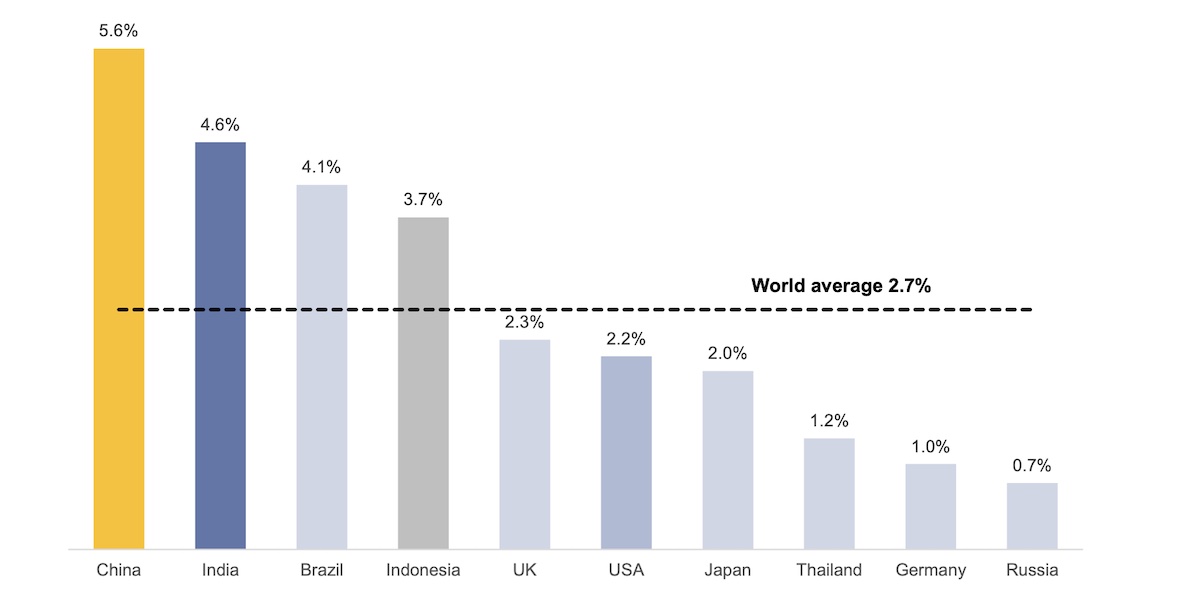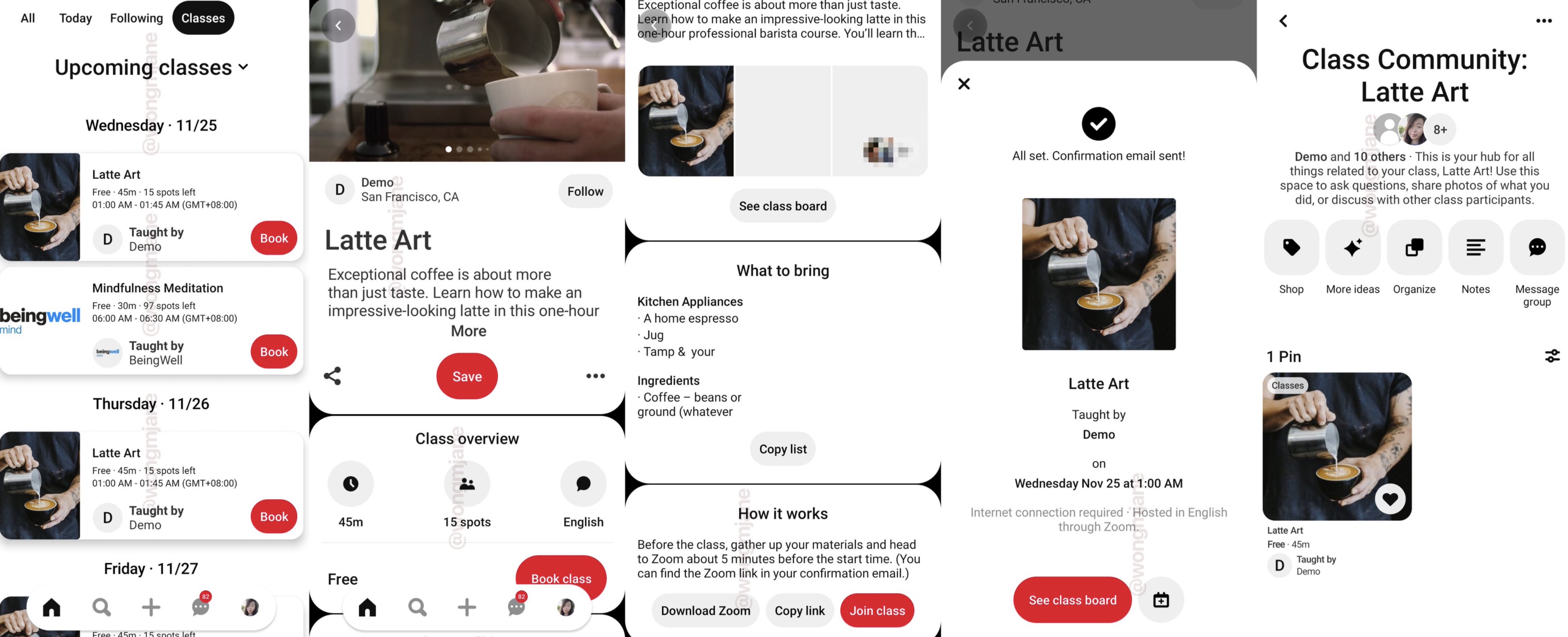This is The TechCrunch Exchange, a newsletter that goes out on Saturdays, based on the column of the same name. You can sign up for the email here.
Welcome to a special Thanksgiving edition of The Exchange. Today we will be brief. But not silent, as there is much to talk about.
Up top, The Exchange noodled on the Slack-Salesforce deal here, so please catch up if you missed that while eating pie for breakfast yesterday. And, sadly, I have no idea why Palantir is seeing its value skyrocket. Normally we’d discuss it, asking ourselves what its gains could mean for the lower tiers of private SaaS companies. But as its public market movement appears to be an artificial bump in value, we’ll just wait.
Here’s what I want to talk about this fine Saturday: Bloomberg reporting that Stripe is in the market for more money, at a price that could value the company at “more than $70 billion or significantly higher, at as much as $100 billion.”
Hot damn. Stripe would become the first or second most valuable startup in the world at those prices, depending on how you count. Startup is a weird word to use for a company worth that much, but as Stripe is still clinging to the private markets like some sort of liferaft, keeps raising external funds, and is presumably more focused on growth than profitability, it retains the hallmark qualities of a tech startup, so, sure, we can call it one.
Which is odd, because Stripe is a huge concern that could be worth twelve-figures, provided that gets that $100 billion price tag. It’s hard to come up with a good reason for why it’s still private, other than the fact that it can get away with it.
Anyhoo, are those reported, possible prices bonkers? Maybe. But there is some logic to them. Recall that Square and PayPal earnings pointed to strong payments volume in recent quarters, which bodes well for Stripe’s own recent growth. Also note that 14 months ago or so, Stripe was already processing “hundreds of billions of dollars of transactions a year.”
You can do fun math at this juncture. Let’s say Stripe’s processing volume was $200 billion last September, and $400 billion today, thinking of the number as an annualized metric. Stripe charges 2.9% plus $0.30 for a transaction, so let’s call it 3% for the sake of simplicity and being conservative. That math shakes out to a run rate of $12 billion.
Now, the company’s actual numbers could be closer to $100 billion, $150 billion and $4.5 billion, right? And Stripe won’t have the same gross margins as Slack.
But you can start to see why Stripe’s new rumored prices aren’t 100% wild. You can make the multiples work if you are a believer in the company’s growth story. And helping the argument are its public comps. Square’s stock has more than tripled this year. PayPal’s value has more than doubled. Adyen’s shares have almost doubled. That’s the sort of public market pull that can really help a super-late-stage startup looking to raise new capital and secure an aggressive price.
To wrap, Stripe’s possible new valuation could make some sense. The fact that it is still a private company does not.
Market Notes
- Mental health-focused startup Sesh raised money this week from Polaris Partners. The Exchange spent a bit of time on the topic recently, so the funding event caught our eye.
- Here are three more $100 million ARR companies, and a call for startups reaching $50 million ARR.
- Man, what is up at Coinbase?
- Tiger’s investment into Unacadamey also stood out. Why? Mostly because edtech is hotter than the surface of the sun in 2020. Which is wild for a startup genre that previously was a bit more akin to the far apsis of Pluto as recently as last year.
Various and Sundry
And speaking of edtech, Equity’s Natasha Mascarenhas and our intrepid producer Chris Gates put together a special ep on the education technology market. You can listen to it here. It’s good.
Hugs and let’s both go do some cardio,
https://ift.tt/eA8V8J What to make of Stripe’s possible $100B valuation https://ift.tt/33q98po






 So let’s talk about why Metromile might be plying the public markets, and why Hippo may have have decided to pick up more cash. Hint: The reasons are related.
So let’s talk about why Metromile might be plying the public markets, and why Hippo may have have decided to pick up more cash. Hint: The reasons are related.















